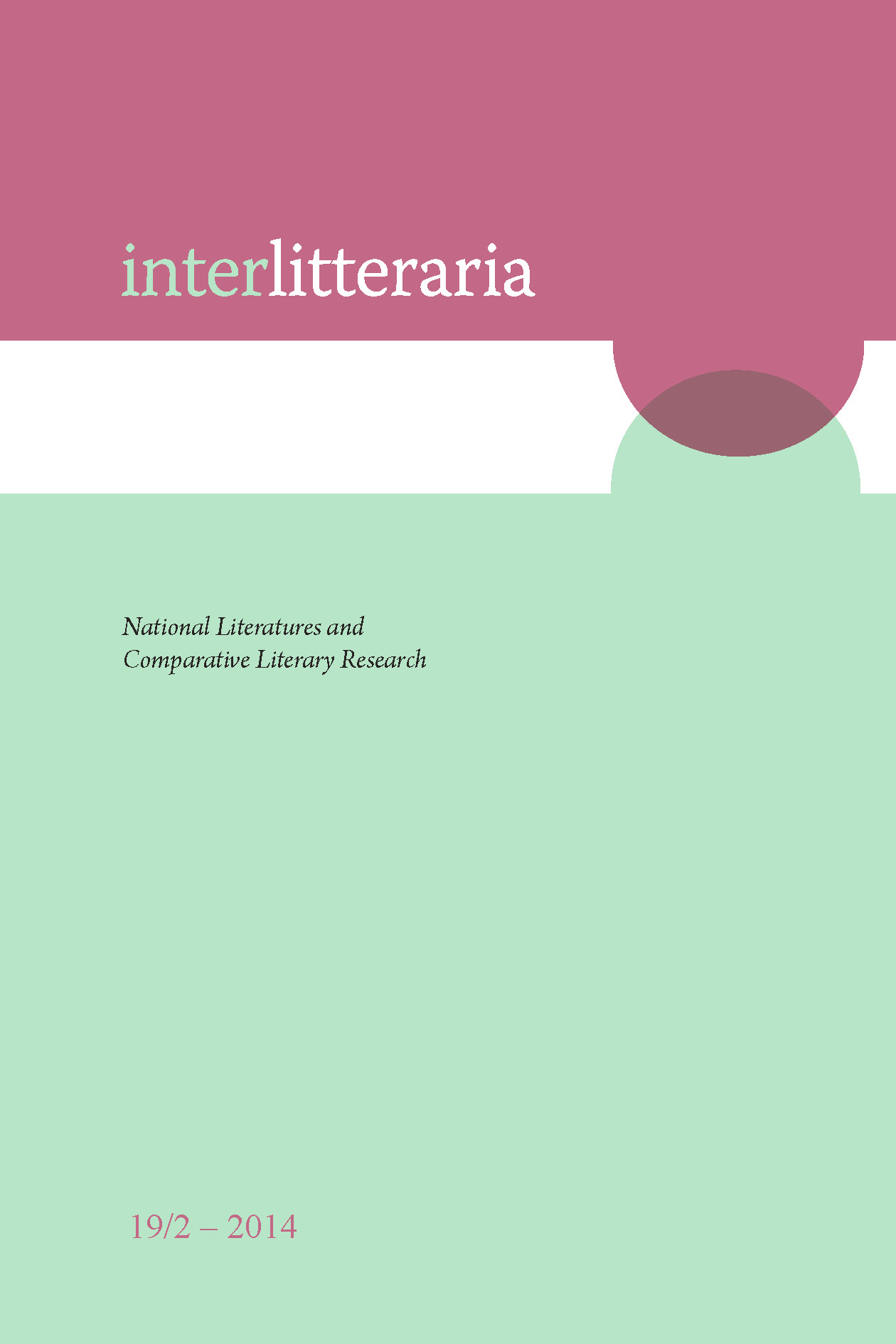“Finis epigrammatis est anima eius”: Transformations of the Content of the Latin Epigram in the Epoch of the Baroque
DOI:
https://doi.org/10.12697/IL.2014.19.2.3Keywords:
epigram, Baroque, poetics, rhetoric, Neo-Latin LiteratureAbstract
After the flowering of the epigram in Ancient Greece and Rome, greater attention to this genre was paid at the beginning of the Renaissance, and the epoch of the Baroque (the 17–18th centuries) could be called one of the brightest periods of epigram revival and prosperity in all Europe. In the 16–18th centuries literary theorists in their works discussed the place of the epigram in the hierarchy of literary genres, determined their functions, form, defined the possibilities of content. By suggesting that the form of the epigram had not been settled in Antiquity, theorists gave most attention to the content of the epigram and explained how, when in imitating the most famous ancient authors, the epigram could be given Christian features. The article, using comparative methods, will analyze how epigrams of Martial were imitated by the poet of the 17th century Grand Duchy of Lithuania M. C. Sarbievius.Downloads
Download data is not yet available.
Downloads
Published
2014-12-19
Issue
Section
Articles
License
The contents of Interlitteraria are published under CC BY-NC-ND licence.


